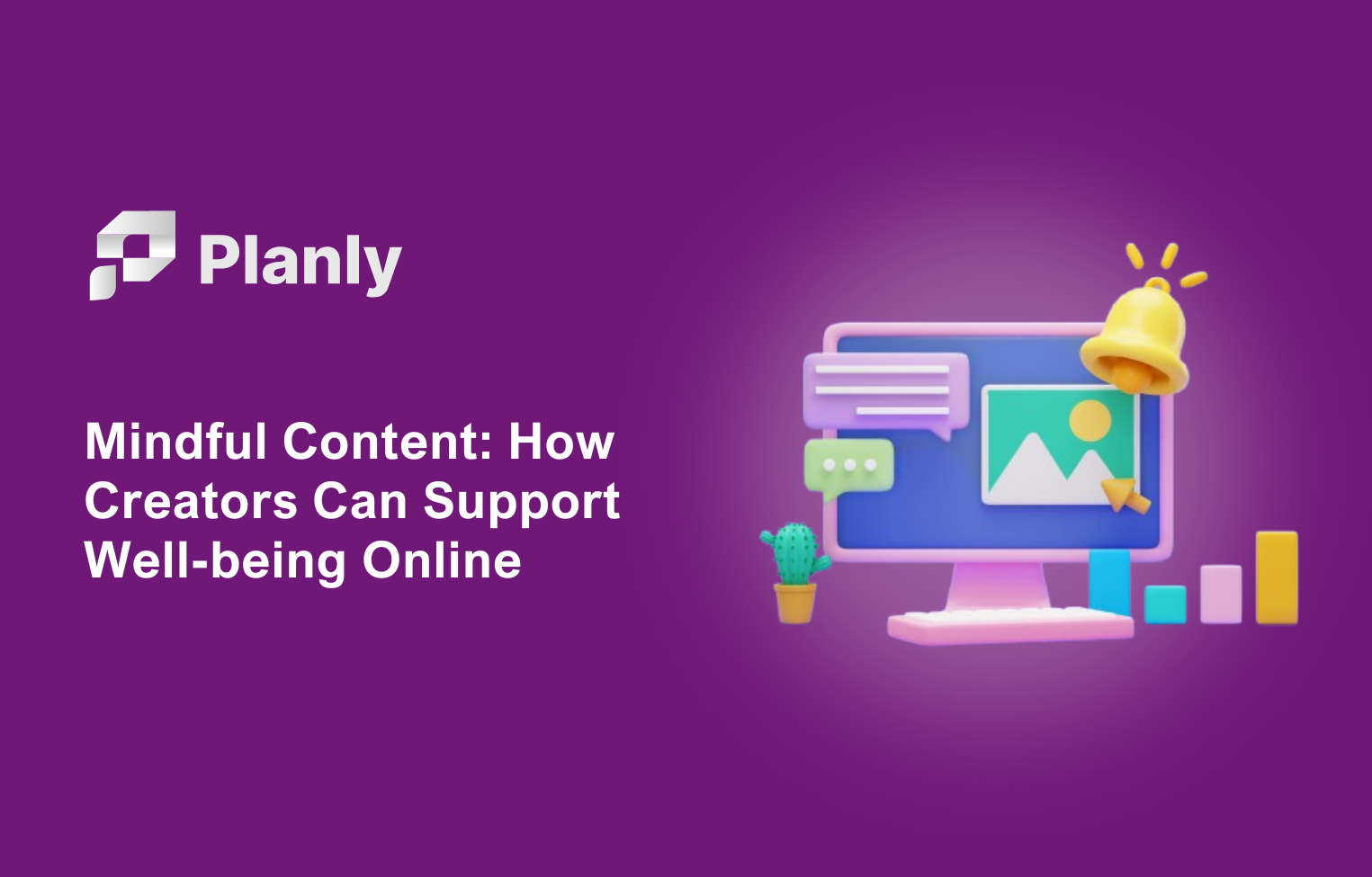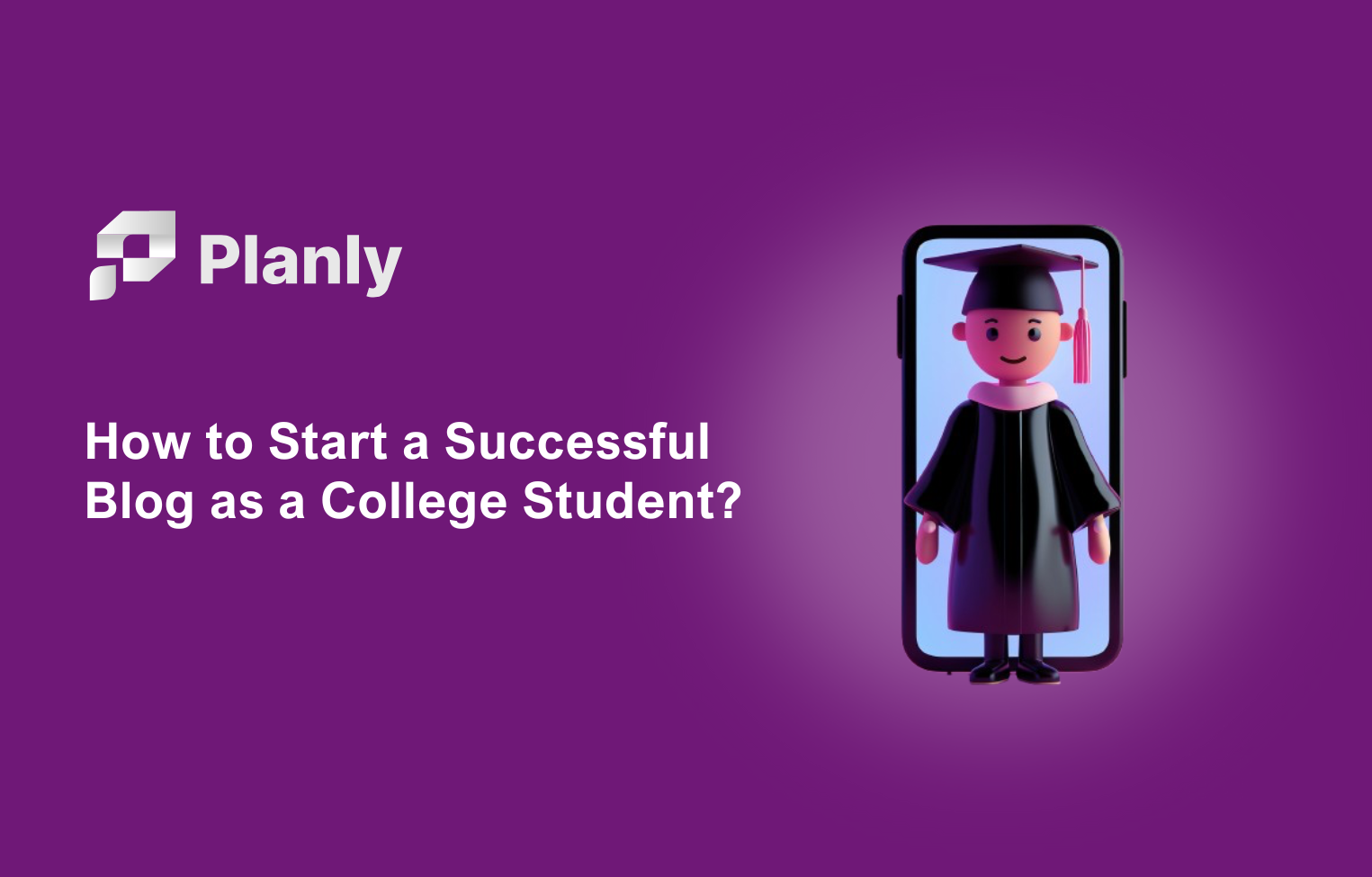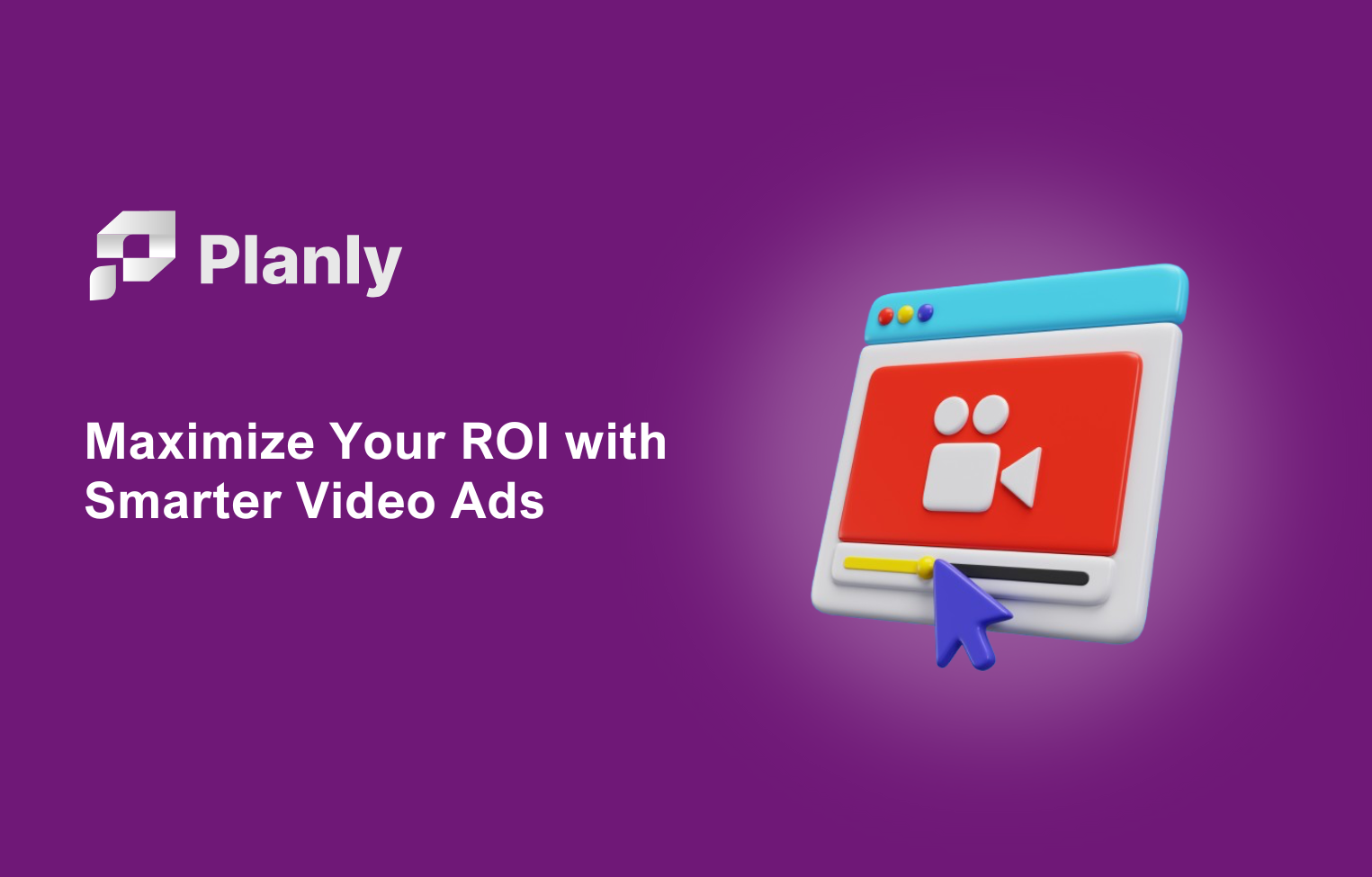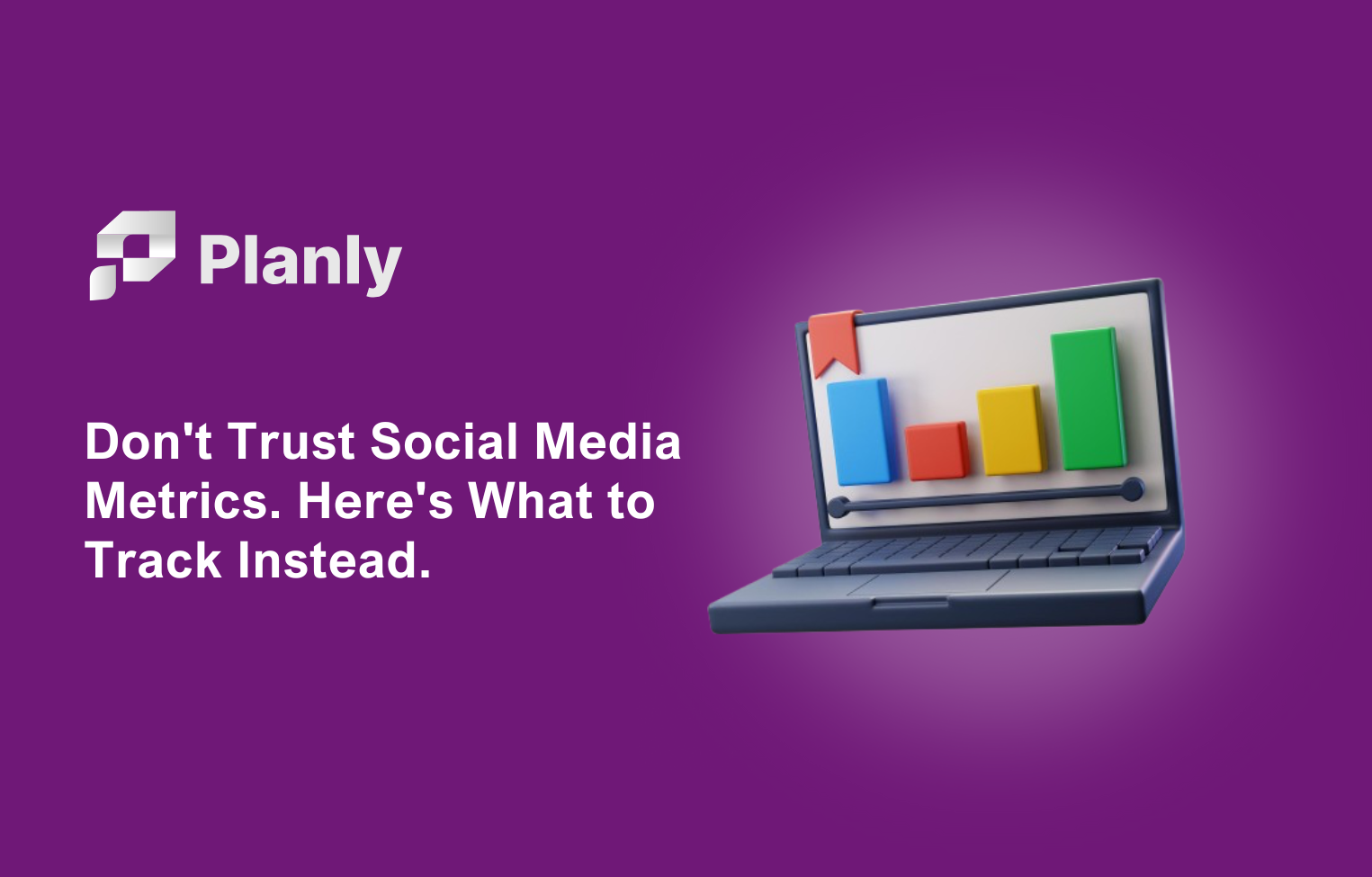For too long, marketers have viewed Instagram as primarily a B2C platform. It's time to dispel this misconception. The truth is, Instagram is a goldmine for B2B marketing. It can help differentiate your brand, grow your audience, and increase customer loyalty. In short, B2B brands need to be there.
If you're still unsure about Instagram for B2B, get ready for a change of perspective. Keep reading for all the evidence, strategies, and tools you'll need.
Is Instagram Good for B2B?
Most marketers want to see the data before making any strategy adjustments. Luckily, there is a lot of research out there that supports the effectiveness of B2B Instagram marketing strategies.Here are three quantitative reasons why your B2B brand should be on Instagram:
1. Your Customers Are on Instagram
Consumer use of social media is on the rise. According to Sprout Social, over two-thirds of intergenerational consumers (71%) are using social media more than ever before.
All that time spent on social media isn't just for connecting with friends and influencers. People also use social media to connect with brands. In fact, over 50% of consumers follow brands on Instagram, making it the second most popular network used to track businesses.
Why is Instagram Important for B2B?
As of 2024, Instagram has over 2 billion active users worldwide. It is a powerful platform for businesses to engage with other businesses and industry professionals. The platform’s visual nature provides a unique opportunity for B2B companies to stand out in a crowded marketplace and share their stories.
Key statistics highlight the importance of Instagram in B2B marketing:
- Visual content on Instagram receives 40% more engagement than text-based posts, making it a valuable tool for capturing attention and fostering interactions.
- Instagram Stories and Reels are becoming increasingly popular, with users engaging with these formats more frequently than traditional posts.
- 82% of B2B marketers find that Instagram is effective in increasing brand awareness, demonstrating its role in enhancing visibility and recognition within the industry.
Whether you're working with a single customer or a team of 10, chances are you're talking to an active Instagram user. A strong online presence can secure your place in their minds from the awareness stage to the signing of a contract.
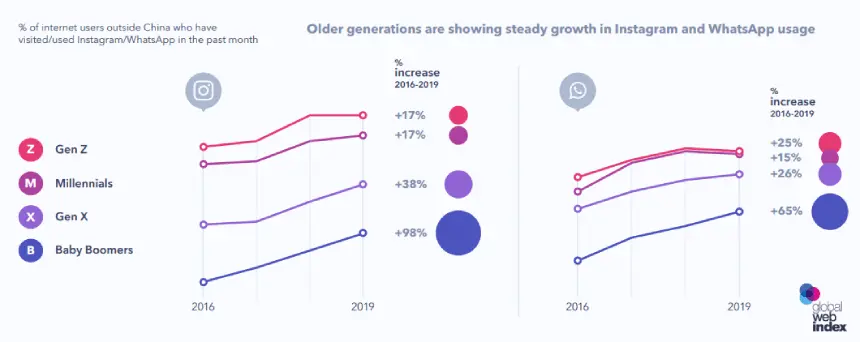
2. Visual Content Supports Every Stage of the Buying Process
Marketers rank videos and images as the two most valuable content formats to achieve their social media goals. Short, digestible content is the secret to expressing your value proposition in a way that is memorable.
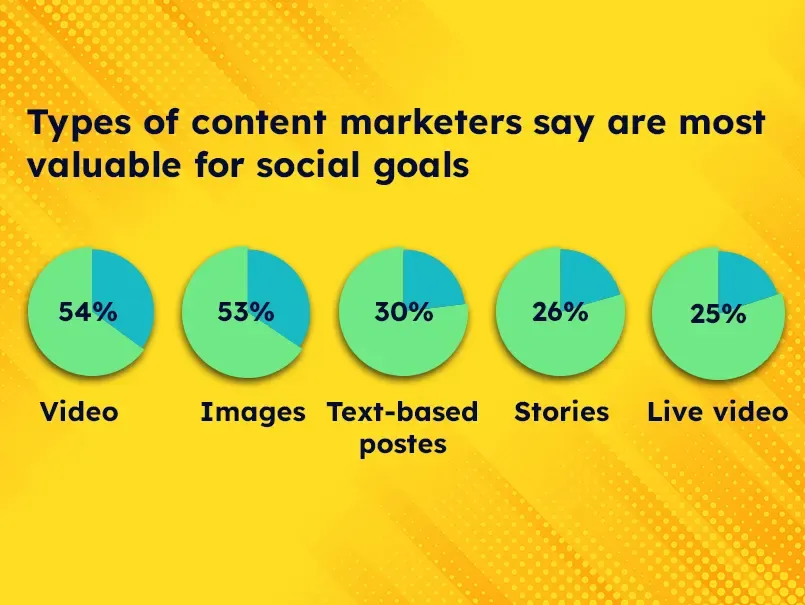
You might think this is skewed towards B2C brands. After all, they have more flexibility in product demos and user-generated content on Instagram. But this couldn't be further from the truth.
A recent study by Forrester found that short videos play an important role in the B2B buying process. They can even help brands get onto the coveted supplier list. Between video posts, videos, and live streaming, Instagram can support every step of the B2B buyer journey. This puts a heavy emphasis on the use of video marketing strategies in your B2B business.
Instagram’s Role in B2B Marketing
While each platform that can have something to offer for B2B, Instagram stands out for a handful of them. These inclues its unique features, vast audience and detailed targeting options.
Instagram's Unique Features for B2B
Instagram offers several unique features that are particularly beneficial for B2B marketing. Its focus on visual storytelling allows businesses to present their brand in a compelling way, using high-quality imagery and video content to convey messages that resonate with other businesses. Key features include:
- Instagram Stories: These are short-lived posts that disappear after 24 hours but offer a dynamic way to share updates, behind-the-scenes content, and real-time interactions. For B2B marketers, Stories are ideal for showcasing company culture, product launches, and industry events.
- Reels: This feature allows users to create short, engaging videos with music and effects. B2B companies can use Reels to highlight product features, share quick tips, or provide industry insights in an entertaining format.
Comparing Instagram with Other B2B Platforms
When comparing Instagram with other B2B platforms, such as LinkedIn, it’s essential to consider the unique strengths of each platform:
- Instagram vs LinkedIn: LinkedIn is known for its professional networking and content focused on everything industry related. It is highly effective for B2B lead generation and establishing thought leadership. While LinkedIn excels in professional networking and content sharing, Instagram provides a more engaging and dynamic way to present your brand and interact with your audience.
- Complementing Other B2B Marketing Channels: Instagram can complement other B2B marketing efforts by offering a visual and interactive dimension to your strategy. For instance, while LinkedIn may be used for detailed case studies and thought leadership articles, Instagram can showcase these successes through eye-catching visuals, client testimonials, and interactive content.
These differences make up a huge section of why you should focus on Instagram alongside other platforms.
3. Instagram Ads Are Changing the Brand Awareness Game
Half of all B2B marketing content is created to build brand awareness. With Instagram ads, marketers can use compelling content to reach new audiences.
Instagram advertising campaigns provide a recall rate that is twice the Nielsen standards for online advertising. A consistent Instagram advertising strategy can ensure that potential customers remember your brand when needed.
Instagram Content for B2B
Types of Content for B2B Instagram
Effective B2B Instagram content should be diverse and tailored to your audience’s interests. Consider incorporating the following types:
- Case Studies and Success Stories: Share detailed accounts of how your products or services have benefited other businesses. Highlight measurable results and client testimonials to build credibility.
- Behind-the-Scenes Content: Provide a glimpse into your company’s operations, culture, and team. This type of content humanizes your brand and fosters a connection with your audience.
- Educational Posts and Industry Insights: Offer valuable information and thought leadership on relevant industry topics. Share tips, best practices, and trends that demonstrate your expertise and provide value to your followers.
Mixing these content types and you will get enough response rate to get you going.
Best Practices for B2B Instagram Content Creation
To maximize the impact of your content, follow these best practices:
- Balance Promotional and Non-Promotional Content: Make your content feel alive. Add informational and share something thats worth a click. Overly promotional posts can lead to disengagement, while a balanced approach keeps your audience interested.
- User-Generated Content and Customer Testimonials: Ask satisfied clients to share their experiences and feature their content on your Instagram. This approach adds authenticity and social proof to your brand.
- Engaging Captions: Write captions that are informative, engaging, and aligned with your brand voice. Use calls-to-action to encourage interactions and drive desired outcomes.
6 Tips for Using Instagram for B2B Marketing
You are almost ready to start developing your strategy, but there is still a lot to learn. Here are the Instagram B2B marketing tips you need to know before planning new content:
1. Clarify Your Goals and Audience
Note that both are plural. You can use Instagram to support multiple B2B marketing goals beyond awareness. For example, you might try to connect with potential employees using the web as an employer branding tool. Or you can focus on conversions and experiment with methods to increase website traffic.
Regardless of how you plan to use the network, you need to know who and what you are aiming for in order to be successful. Once you determine this, you can work on creating the right mix of content to achieve your goals for B2B Instagram Marketing.
2. Create a Link in Your Bio
Instagram business accounts can include links in stories, but they are still not allowed in captions on Instagram. To get around this, you'll need a link solution. Many brands rely on links in bio tools to create web pages that mimic Instagram feeds so that people can access links that match specific posts. This is very important for increasing the conversion of traffic on the network.
3. Dust Off the Latest Content Audit
Rolling out your Instagram B2B marketing strategy is an opportunity to take a fresh look at your content. As you browse through your marketing content library, imagine how existing resources can help you create new content on Instagram. Here are some ideas to help keep your mind moving in the right direction:
- Sales sheets can be used to create educational Instagram stories that talk about the value of your product.
- Blogs and white papers can be redesigned into carousel posts for maximum Instagram engagement.
- Case studies make great testimonial graphics.
- Your own research can contribute to the creation of countless infographics.
Another suggestion from us would be using a social media scheduler tool such as Planly. Planly is a TikTok and Instagram scheduler. It brings the user full automation and an advanced interface. With it, you can store your media, schedule posts, carousels, reels, and more—all without any hassle.
4. Describe a Paid Strategy
You need to experiment with paid marketing to get the most out of Instagram. According to the 2021 Demand Gen Report, 32% of B2B buyers notice ads and get a positive impact from them. Understanding and identifying the role of pay in your Instagram strategy early on can help you scale your online presence faster.
As you build your organic strategy, keep an eye on post-level performance data to see what drives the most impressions and engagement. You'll want to start with these posts when it's time to invest in your work.
5. Be Aware of Timely Trends
Memes thrive on Instagram, especially topical ones. Cultural moments can inspire an abundance of relevant content before the moment is even gone, and for good reason. These moments generate engagement.
While these moments may present opportunities for fun and frivolity, they can also come with risks. Before jumping into the hottest trend of the day, be sure to use a sentiment analysis tool to understand how people actually feel about the topic.
6. Test and Learn
The only constant in social media is change. There will always be new features, tools, and Instagram algorithm adjustments, so your strategy will never be completely complete. To stay ahead, you need to use creative testing.
Regular A/B tests can help you determine what your audience expects from your brand. Spend some time testing new creatives, copy, and Instagram hashtags to see what drives your performance the most. Soon you will be able to use Instagram analytics to become the next standout B2B brand on Instagram.
Paid Advertising on Instagram
Instagram ads for B2B offer a powerful way to reach targeted audiences and achieve specific marketing objectives. Instagram provides several ad formats, including:
- Photo Ads: Simple, single-image ads that can be used to showcase products, services, or promotions.
- Video Ads: Ads featuring videos that can be up to 60 seconds long, allowing for more dynamic and engaging content.
- Carousel Ads: Ads with multiple images or videos that users can swipe through, ideal for showcasing a range of products or features.
- Collection Ads: Ads that include a cover image or video followed by multiple product images, offering a seamless shopping experience.
Each ad format has its own benefits, and choosing the right one depends on your campaign goals and the type of content you want to promote.
Creating Effective Instagram Ads
To create effective Instagram ads, consider the following steps:
- Targeting Options: Use Instagram’s advanced targeting features to reach your desired B2B audience. Options include targeting based on location, interests, behaviors, and demographics.
- Ad copy: Write clear and engaging ad copy that attracts your clients. Ensure that your message is relevant to your target audience.
- Designing Visuals: Use high-quality images or videos that align with your brand’s visual identity. Ensure that your visuals are attention-grabbing and support your ad’s message.
Remember well-crafted ads that resonate with your target audience can drive better results and maximize your return on investment (ROI).
Measuring Ad Performance
To assess the success of your Instagram ads, track the following performance indicators (KPIs):
- Click-Through Rate (CTR): The percentage of users who click on your ad after seeing it. A high CTR indicates that your ad is compelling and relevant.
- Conversion Rate: The percentage of users who take a desired action (e.g., filling out a lead form or making a purchase) after interacting with your ad.
- Cost Per Click (CPC) and Cost Per Acquisition (CPA): Metrics that help you evaluate the efficiency of your ad spend. Lower CPC and CPA values suggest more cost-effective advertising.
- Ad Impressions and Reach: Measure how many times your ad is shown and how many unique users see it. High impressions and reach indicate broad visibility.
Regularly analyzing these metrics will help you optimize your ad campaigns and improve overall performance.
6 Tips for Using Instagram for B2B Marketing
You are almost ready to start developing your strategy, but there is still a lot to learn. Here are the Instagram B2B marketing tips you need to know before planning new content:
1. Clarify your goals and audience
Note that both are plural. You can use Instagram to support multiple B2B marketing goals beyond awareness. For example, you might try to connect with potential employees using the web as an employer branding tool. Or you can focus on conversions and experiment with methods to increase website traffic.
Regardless of how you plan to use the network, you need to know who and what you are aiming for in order to be successful. Once you determine this, you can work on creating the right mix of content to achieve your goals for B2B Instagram Marketing.
2. Create a link in your bio
Instagram business accounts can include links in stories, but they are still not allowed in captions on Instagram. To get around this, you'll need a link solution. Many brands rely on links in biotools to create web pages that mimic Instagram feeds so that people can access links that match specific posts. This is very important for increasing the conversion of traffic on the network.
3. Dust off the latest content audit
Rolling out your Instagram B2B marketing strategy is an opportunity to take a fresh look at your content. As you browse through your marketing content library, imagine how existing resources can help you create new content on Instagram. Here are some ideas to help keep your mind moving in the right direction:
- Sales sheets can be used to create educational Instagram stories that talk about the value of your product.
- Blogs and white papers can be redesigned into carousel posts for maximum Instagram engagement.
- Case studies make great testimonial graphics.
- Your own research can contribute to the creation of countless infographics.
Another suggestion from us would be using a social media scheduler tool such as Planly. Planly is a TikTok and Instagram scheduler. It brings the user full automation and an advanced interface. With it you can store your media, schedule posts, carousels, reels, and more - all without any hassle.





